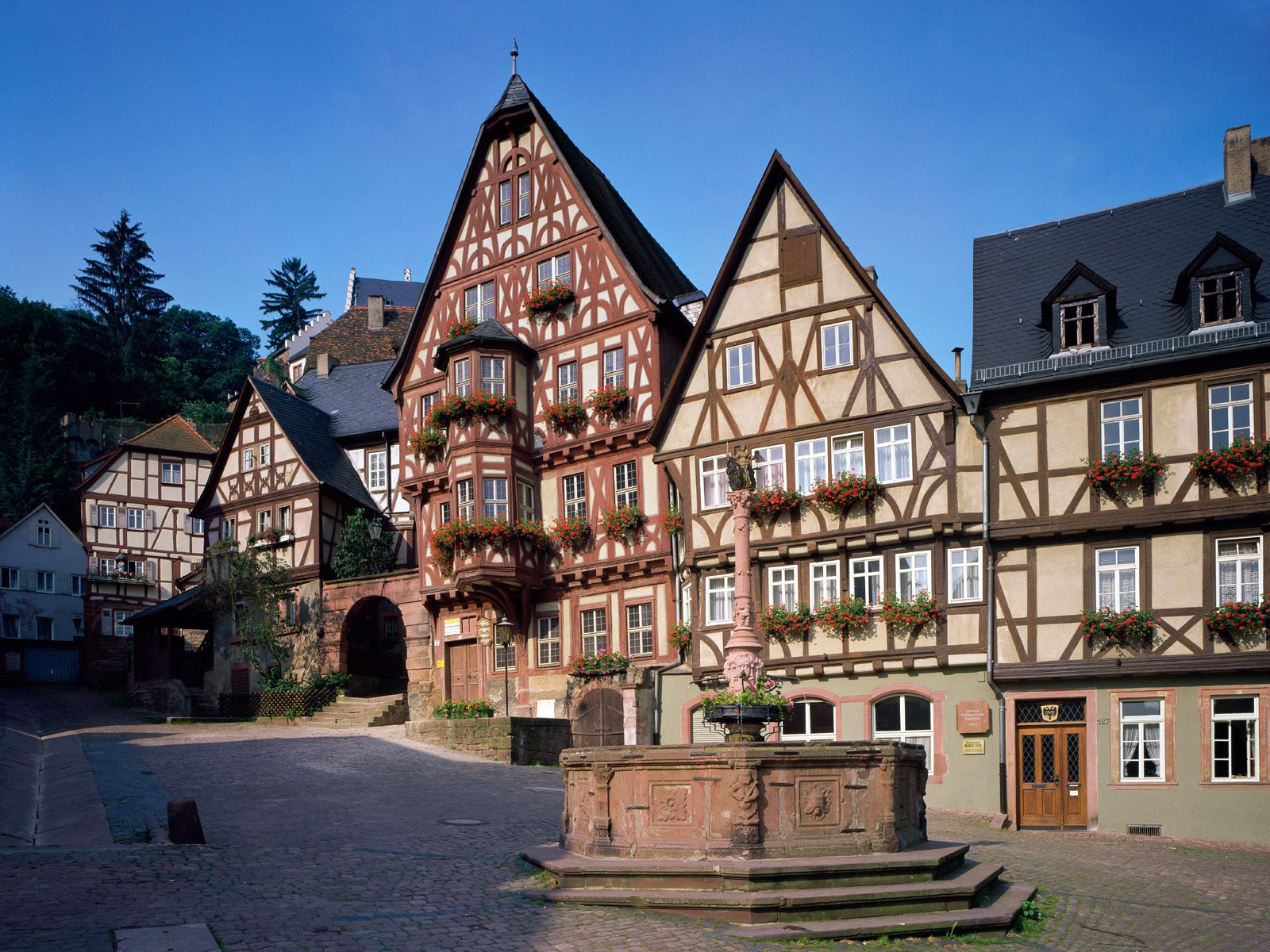Global Travel Information
Carthage, Tunisia
The morning sun casts a soft, golden light over the Byrsa Hill, illuminating the honey-colored stones of the ancient acropolis. Below, the azure waters of the Gulf of Tunis stretch towards the horizon, a timeless vista that has witnessed both the birth of an empire and its utter annihilation. This is Carthage, a name that echoes through history not as a city of stone and mortar, but as a phoenix—a symbol of legendary resilience, dazzling brilliance, and a fall so catastrophic it was meant to be eternal. To walk through its scattered ruins today in the modern suburbs of Tunisia’s capital is to engage in an act of archaeological imagination, to piece together the silhouette of a giant from its shadow.

Our story begins not on the North African coast, but in the ancient Levant. According to legend, Carthage was founded in 814 BCE by the exiled Phoenician princess Elissa, better known by her Roman name, Dido. The tale, immortalized by Virgil in the Aeneid, tells of her cunning negotiation for land: she asked the local Berber king for as much territory as could be encompassed by an ox-hide. He agreed, believing it a trifling request. With breathtaking ingenuity, Dido had the hide cut into impossibly thin strips, encircling a vast hilltop—the very Byrsa Hill we stand upon today. Thus, from its inception, Carthage was defined by intelligence, adaptability, and a mastery of commerce over brute force. The Phoenicians, master mariners and traders from Tyre and Sidon, imbued their daughter city with these traits. Carthage was not built as a military camp; it was established as a commercial hub, a gateway connecting the rich resources of Africa with the insatiable markets of the Mediterranean.
Leveraging its superb natural harbors—a circular military port and a larger rectangular commercial one, the outlines of which can still be discerned—Carthage grew into a thalassocracy, a maritime empire. Its merchants, the original "tycoons," established a vast network of trade routes stretching from the tin mines of Cornwall to the spices of Arabia and the gold of sub-Saharan Africa. The city became fabulously wealthy, not through conquest of land, but through control of the sea lanes. This economic prowess was mirrored by a unique and sophisticated political system. Unlike the monarchies and fledgling democracies of the Greek world, Carthage was governed by a republic of wealthy merchant families. Power was shared between two annually elected suffetes (judges), a council of elders, and a popular assembly, a complex balance designed to prevent tyranny and ensure stable governance for business. Their pantheon, led by the powerful deities Baal Hammon and the goddess Tanit, whose distinctive symbol—a triangle, a circle, and a line—is found etched on countless stelae, provided a spiritual framework for this mercantile society.
This very success, however, set the stage for its greatest conflict. As Carthage’s influence expanded across Sicily, Sardinia, and Spain, it inevitably collided with another rising power: the Roman Republic. The three Punic Wars that followed were more than mere military engagements; they were a clash of civilizations, a struggle for survival between two utterly different models of power. The first war (264-241 BCE), a grueling naval contest over Sicily, showcased Carthage’s wealth and seafaring heritage but ended in a costly defeat, forcing it to cede territory and pay a massive indemnity.
It was in the Second Punic War (218-201 BCE) that Carthage produced its most famous, and tragic, son: Hannibal Barca. A military genius who understood his enemy better than they understood themselves, Hannibal executed one of the most audacious campaigns in history. Leading a massive army, complete with war elephants, across the Alps into the Italian heartland, he brought Rome to the brink of extinction with his stunning victories at Trebia, Lake Trasimene, and Cannae. For over a decade, he roamed Italy undefeated, a ghost haunting the Roman psyche. Yet, his story is the ultimate tragedy of Carthage: a brilliance that was ultimately squandered. The Carthaginian Senate, cautious and perhaps jealous, never provided him with the reinforcements needed to deliver the final blow. Hannibal won every battle but lost the war, defeated not on the field of battle but by the relentless machinery of the Roman state and the strategic genius of Scipio Africanus, who took the fight to Africa itself.
The Third Punic War (149-146 BCE) was less a war and more a predetermined execution. Cato the Elder’s relentless mantra, "Ceterum censeo Carthaginem esse delendam" ("Furthermore, I consider that Carthage must be destroyed"), had taken root in the Roman soul. When a weakened Carthage finally broke a technical clause of its peace treaty to defend itself from Numidian aggression, Rome had its pretext. The siege was brutal and unforgiving. The final destruction was absolute. For days, the city burned. The Romans systematically razed its walls, temples, and houses, sowed the fields with salt to sterilize them, and massacred or enslaved the population. They intended not just to defeat a rival, but to erase it from history itself.
And yet, the phoenix would rise from its own ashes. A century later, recognizing the site’s strategic and symbolic value, Julius Caesar decreed the foundation of a new Roman Carthage. Reborn as a provincial capital, it became one of the largest and most important cities of the Roman Empire, a center of early Christianity producing intellectual giants like Tertullian and Saint Augustine. Later, it served as the capital of the Vandal kingdom before being briefly reclaimed by the Byzantine Empire.
Today, the ruins of Carthage are a palimpsest, layers of history written one atop the other. The Roman villas with their stunning mosaics, the baths of Antoninus Pius that once overlooked the sea, the theaters and the aqueducts—all these speak of its second life. But beneath them, in the tophet sanctuary where urns containing the cremated remains of children were buried, and in the scant foundations of the Punic ports, lies the ghost of the first Carthage. It is a place that forces contemplation on the cycles of history, on the hubris of empires, and on the indelible mark a city of merchants and explorers left on the world. It is a testament to the fact that while a city can be destroyed, its legend, its story of ambition, genius, and tragic flaw, is truly eternal.
相关文章
- Elbe River Guide: Top Scenic Spots to Visit in 2025
- Best Time to Visit Elbe River: Seasonal Tips for Travelers
- Elbe River Cruise Routes: From Hamburg to Dresden
- Elbe River Hiking Trails: Scenic Paths Along the Waterway
- Elbe River Length & Source: Key Geographic Facts
- Cities Along Elbe River: Must-See Destinations in Germany
- Elbe River Historical Significance: Key Events Through Time
- Elbe River Water Level Today: Real-Time Updates for Boaters
- Elbe River Cycling Routes: Explore by Bike This Year
- Elbe River Wildlife Watching: Where to Spot Birds & Animals
发表评论
评论列表
- 这篇文章还没有收到评论,赶紧来抢沙发吧~


